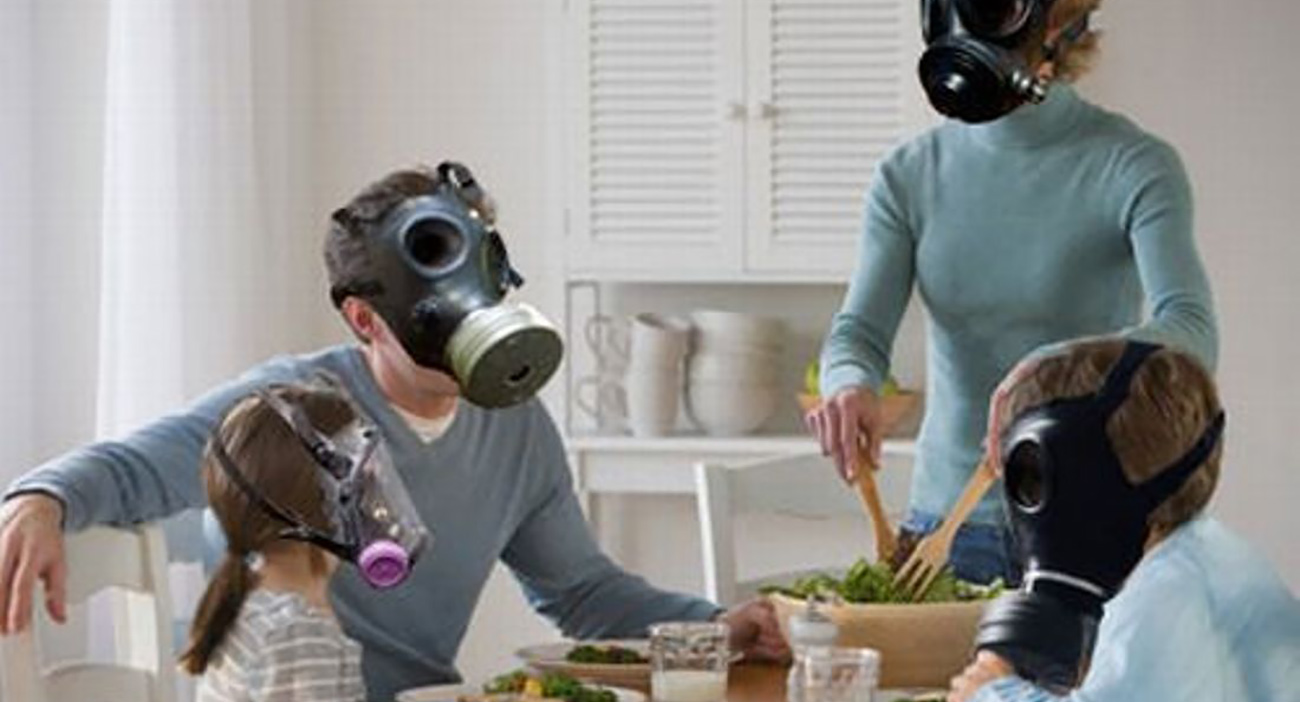
07 Nov Indoor Air Pollution
With all the cleaning we do in our homes, it’s natural to assume the air inside is reasonably clean, too. A recent survey conducted by an air filter manufacturer found that around half of the survey respondents believed indoor air was cleaner than outdoor air.
In reality, however, the situation is just the reverse. Because outdoor air is constantly blown by the wind, pollutants are less likely to build up to levels that pose a health threat. Trees and other greenery also help freshen the air. The indoors lacks these advantages and faces additional problems.
Why Indoor Air Pollution Happens
Indoor air pollution quickly reaches unhealthy levels for two main reasons: lack of airflow and the many pollutants produced indoors. Modern homes are built to be airtight. This improves their energy efficiency but severely limits airflow, allowing pollutants to build up.
To make matters worse, daily living adds pollutants to the air. More than 70 percent of those surveyed by the air filter manufacturer admitted to behaviors that create harmful pollutants.
What Can Cause Indoor Air Pollution?
Cooking with gas stoves – Around a third of survey respondents cook on gas stoves. All gas, oil, propane and other fuel-burning heating equipment and appliances release trace amounts of carbon monoxide, nitrogen dioxide and formaldehyde. The amount is greater if the appliances haven’t been properly maintained. Even trace amounts of these pollutants can cause headaches, fatigue, and dizziness. Using a fireplace or wood stove – The warmth of a roaring fire in winter is something around a quarter of survey respondents enjoy despite the health risks. Wood fires release wood smoke particulate matter and volatile organic compounds (VOCs), which all have a variety of negative health effects. Exposure to wood smoke particulates is linked to asthma, bronchitis, and even heart disease.
Scented candles – Popular with more than half of survey respondents, these candles may seem to freshen the air, but in reality, they do the opposite by masking odors with a chemical soup. The fumes from scented candles include VOCs such as formaldehyde, naphthalene, acrolein and acetaldehyde in amounts large enough to raise your cancer risk if your home ventilation is lacking. In addition, indoor air pollution also comes from mold growth in the house, chemical fumes from new carpets and furnishings, and residue from cleaning and cosmetic products along with the car exhaust fumes, pesticide residue, and pollen that enter from outdoors.
Keeping Indoor Air Quality High
There’s a lot you can do to improve your home’s indoor air quality. The first step is to increase your home ventilation. After showering or cooking, run the bathroom or kitchen exhaust fan to get rid of lingering CO gas and the built-up moisture that contributes to mold growth. While using exhaust fans helps, to deal with indoor air pollution in other parts of your home, you’ll need a whole-house ventilation system. These systems continuously pull polluted air out of your house while supplying fresh air, but they don’t cause a pressure imbalance or humidity problems the way exhaust fans can. A heating and cooling contractor can assess your home’s airflow needs and recommend a whole-home ventilation system that will meet your needs. Keeping your heating and cooling system in shade also supports good indoor air quality. Around half of survey respondents believed air filters need replacement three or fewer times per year. In reality, the air filter should be checked monthly.
If you use a ductless heating and cooling system, the air handler’s filter should be vacuumed or cleaned per the manufacturer’s instructions every two weeks. Activated carbon filters should be replaced every six months. Catechin filters need to be left in the sun for 8 hours every 6 months for disinfection. Scheduling professional annual maintenance for your system also helps keep up its ability to clean your air and ensures it doesn’t accumulate debris that could worsen your indoor air quality.
For more information on indoor air pollution, call a Remote Air Services consultant.




